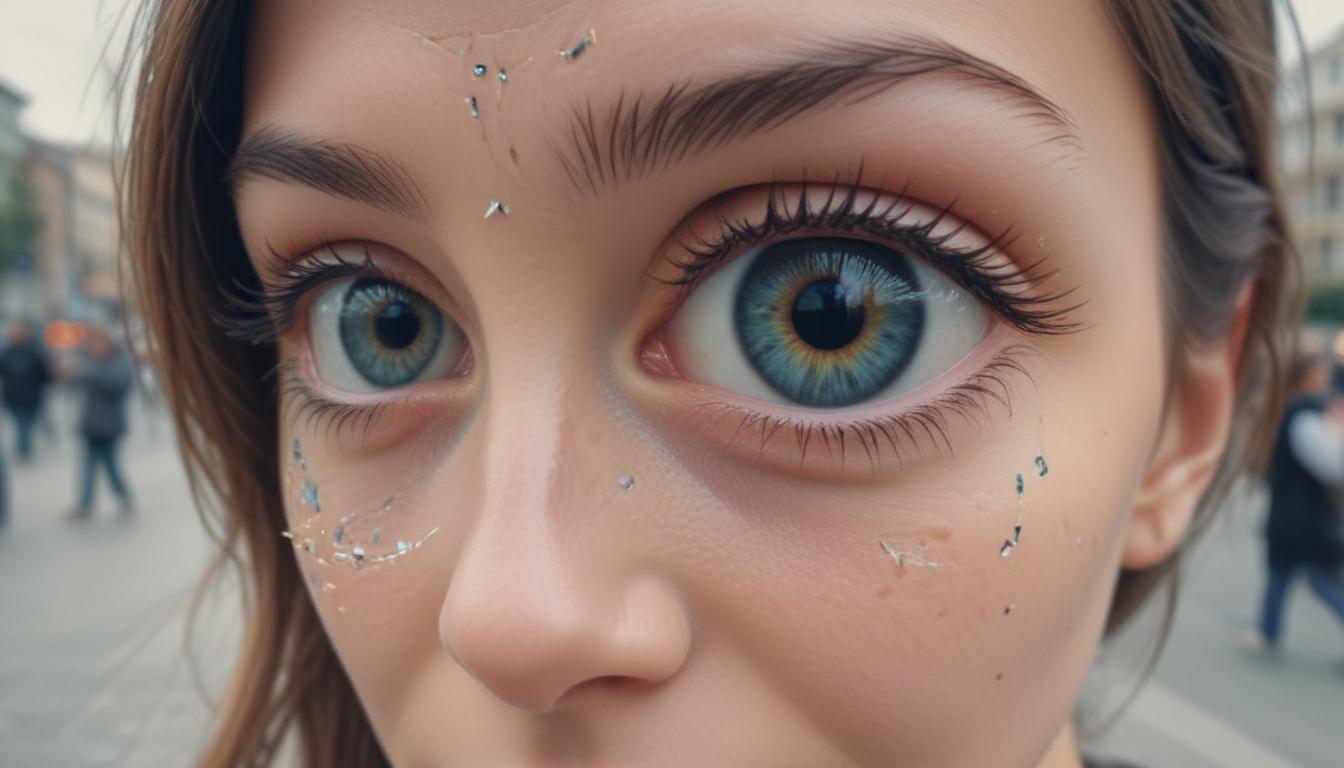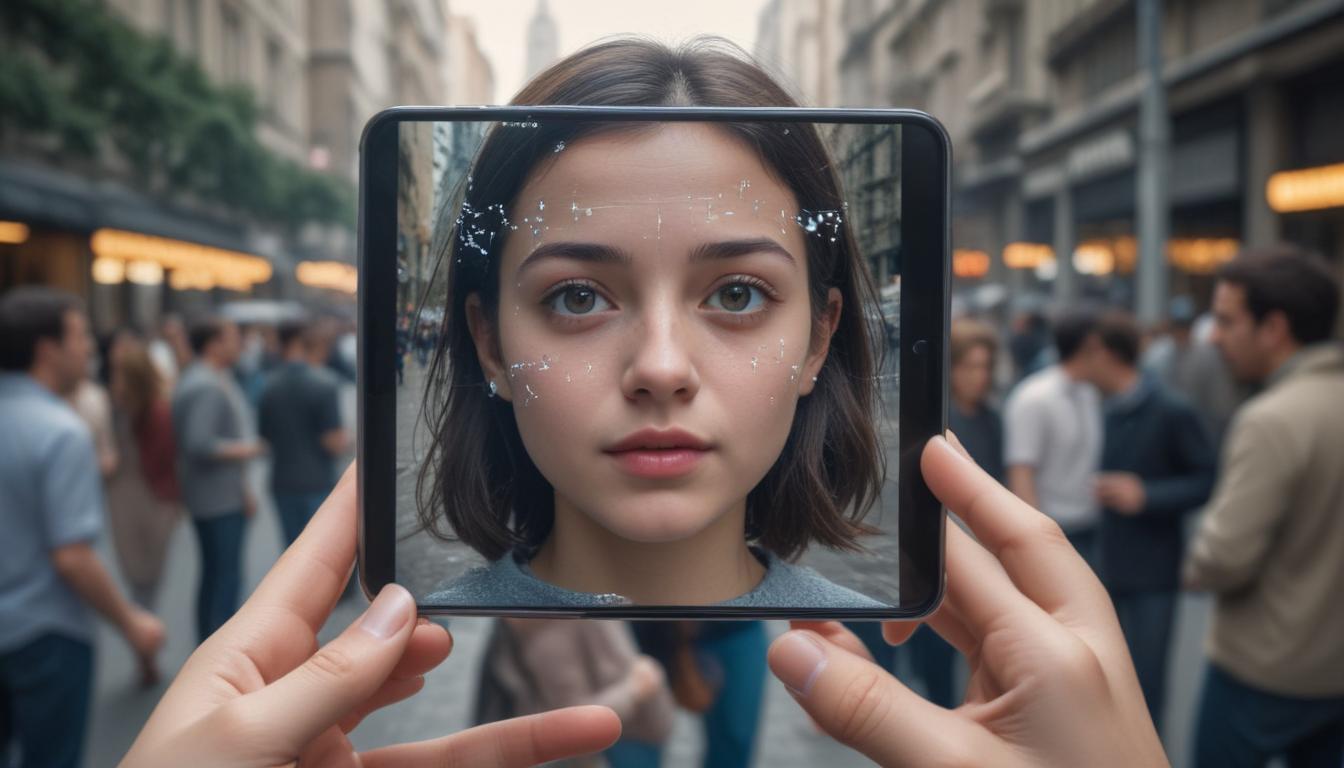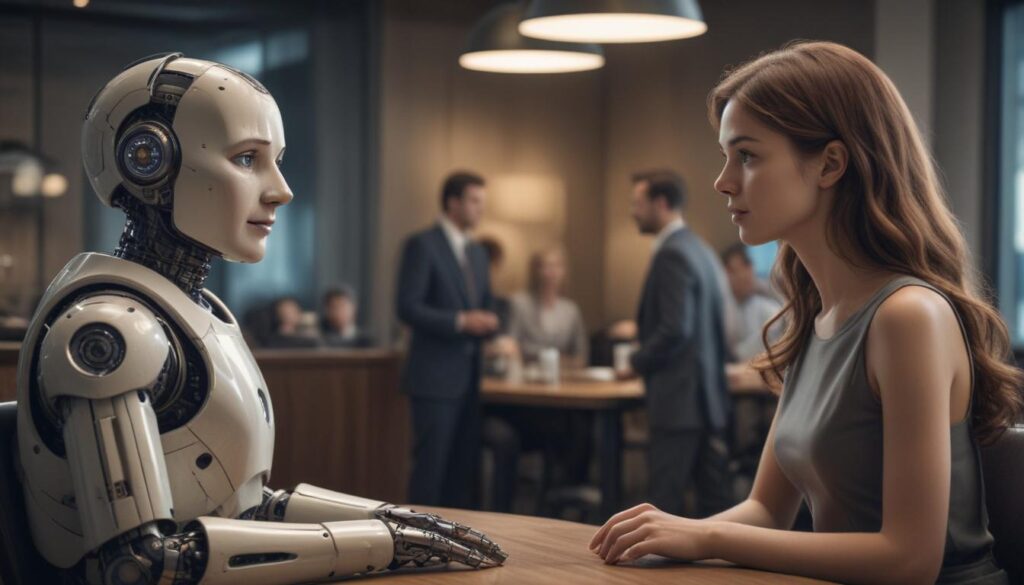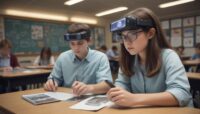Now Reading: How Computer Vision Lets Machines See
- 01
How Computer Vision Lets Machines See
How Computer Vision Lets Machines See

Computer Vision Explained How AI Learns to See the World
Have you ever unlocked your phone with just a glance or seen a social media app instantly recognize and tag your friends in a photo? These everyday miracles feel like magic, but they are powered by one of the most exciting fields in artificial intelligence. You hear terms like AI and machine learning all the time, but it can feel like a complex, untouchable world. The good news is that the core concept behind how machines “see” is something you can easily grasp.
This guide will pull back the curtain on computer vision. We will demystify this powerful technology, breaking it down into simple terms and showing you how it’s already changing the world around you. Forget the confusing jargon; you are about to understand how we teach machines to interpret the visual world, moving from a state of confusion to one of clear understanding.
What is Computer Vision Really
At its heart, computer vision is a scientific field that trains computers to interpret and understand information from digital images or videos. Think about how your own eyes work. When you look at a picture of a cat, you don’t just see a collection of colored dots or pixels. Your brain instantly processes the shapes, textures, and context to identify it as a cat. You recognize its pointy ears, its whiskers, and its feline posture. The ultimate goal of computer vision is to enable machines to do the exact same thing, but at a massive scale and incredible speed.
It’s crucial to understand that computer vision is much more than just a digital camera. A camera is a device that simply captures light and records it as pixel data; it has no understanding of what it is recording. Computer vision is the “brain” that takes that raw data and gives it meaning. It answers critical questions about an image: What objects are in this scene? Where are they located? How many are there? By turning passive data into active insight, computer vision allows machines to react to and make decisions based on what they see.

How Does a Machine Learn to See
A machine doesn’t learn to see overnight. The process is similar to how a child learns, through immense repetition and pattern recognition. It all begins with data—huge datasets containing thousands or even millions of images and videos. For the machine to learn, this data must be meticulously labeled by humans. For example, an image might be labeled with “car,” “pedestrian,” “traffic light,” with boxes drawn around each object to pinpoint its exact location. This labeled data acts as the textbook from which the AI model studies.
Using this labeled data, developers train a type of AI model called a neural network, often using a technique known as deep learning. The model analyzes an image, makes a prediction about what it sees, and then compares its prediction to the human-provided label. If it’s wrong, it adjusts its internal parameters to get closer to the correct answer next time. This process is repeated millions of times, with the model gradually getting better and better at recognizing the intricate patterns that define an object. Over time, it learns to identify cars, faces, and animals with astonishing accuracy, even in images it has never seen before.
Computer Vision in Your Everyday Life
You might be surprised to learn how deeply computer vision is already integrated into your daily routine. The facial recognition feature that unlocks your smartphone is a prime example. It analyzes the unique geometry of your face to grant you secure access. When you deposit a check using your banking app, computer vision technology reads the handwriting and numbers to process the transaction automatically. Even your photo gallery uses it; when you search for “beach” or “dog,” the app isn’t reading file names—it’s analyzing the content of the images themselves to find what you’re looking for.
Beyond your personal devices, computer vision is transforming entire industries. In retail, self-checkout kiosks use it to identify fruits and vegetables without a barcode. In manufacturing, it powers quality control systems that spot microscopic defects on an assembly line far more reliably than the human eye. Modern cars are equipped with features like lane-keeping assist and automatic emergency braking, which rely on cameras and computer vision to monitor the road and react to potential hazards. This technology is no longer science fiction; it is a practical tool making our lives safer and more convenient.
The Future is in Sight The Next Wave of Computer Vision
The applications we see today are just the beginning. The future of computer vision promises to be even more transformative as it merges with other technologies and tackles more complex challenges. In healthcare, AI is being trained to analyze medical scans like X-rays and MRIs to detect signs of diseases like cancer or diabetic retinopathy earlier and with greater accuracy than human specialists. This could revolutionize diagnostics, making expert-level healthcare more accessible and affordable around the globe.
In agriculture, drones equipped with computer vision cameras can fly over fields to monitor crop health, identify pest infestations, and determine the precise amount of water or fertilizer needed. This “precision agriculture” helps farmers increase yields while reducing waste and environmental impact. As the technology continues to mature, we will see it enabling fully autonomous vehicles, creating smarter cities that manage traffic flow in real-time, and powering augmented reality experiences that seamlessly blend the digital and physical worlds. The ability for machines to see and understand is not just an incremental improvement; it is a foundational shift that will redefine our relationship with technology.





































